When landfills "suffocate"
The domestic waste treatment area in Zone 9, Mong Duong Ward was put into operation in December 2022 with 2 landfills of more than 15,000m², designed capacity of 180-200 tons/day. This is the place to receive waste from Quang Hanh, Cua Ong, Mong Duong, Cam Pha wards and Hai Hoa commune.
After just over 30 months of operation, this treatment area has received more than 239,000 tons of waste, exceeding the design by more than 100,000 tons. The landfills are almost at capacity, directly affecting the environment of the surrounding area, especially the water source. Mr. Nguyen Manh Cuong, Vice Chairman of Mong Duong Ward People's Committee, said: "People living around this area are very upset, at times even obstructing the transportation of waste to the treatment area. We had to organize many dialogues, but all were unsuccessful."
Under such pressure, from the end of July 2025, this treatment area was forced to stop accepting waste. Within just one week, many streets in the above localities experienced garbage congestion, affecting environmental sanitation and people's lives.

The story in Mong Duong is not an isolated one. In Thong Nhat commune, the temporary landfill is also in a state of serious overload. Currently, the total amount of waste there has exceeded 1.3 million tons, while about 200 tons of household waste are still transported here every day.
“To deal with the overload situation, the commune has mobilized resources to create space and arrange temporary garbage dumps to avoid congestion in residential areas. We regularly direct service units to collect leachate and sprinkle lime powder when new garbage is brought in to limit odors and avoid water pollution. However, this is only a temporary solution,” said Mr. Nguyen Duc Phu, Vice Chairman of Thong Nhat Commune People's Committee.
According to calculations, the temporary landfill in Thong Nhat commune can only receive household waste until the end of September 2025. Therefore, the commune government has come up with a short-term plan and reported to the province and relevant agencies to research and implement a long-term treatment project.
Don't let waste become a "bottleneck"
Every day, the whole province generates about 1,000 tons of household waste. In 2024, the total amount of waste generated will be nearly 390,000 tons, of which about 98.81% has been collected and treated. However, behind that number are a series of difficulties and inadequacies in infrastructure and treatment technology.

According to the plan, the whole province has 17 domestic waste treatment areas, but so far only 9 areas are in operation, 3 areas are under construction and 5 areas have not been invested in. Some areas have reached their capacity, or are on the way to closure because they are no longer suitable for the plan.
Currently, the main treatment methods are still landfill and incineration. In 2024 alone, the landfill rate will be up to 39%, while the national target is to reduce it to below 30% by 2025. The infrastructure is not synchronized, the technology is not modern, and the waste classification at the source is still limited, making the treatment efficiency not high. Many collection points are still temporary sites, not meeting the technical requirements for environmental protection.
It is forecasted that if the treatment areas under construction are not completed soon, by 2026 Quang Ninh may generate hundreds of tons of additional domestic waste every day without a receiving area. Mr. Nguyen Nhu Hanh, Deputy Director of the Department of Agriculture and Environment, said: "The Department of Agriculture and Environment is reviewing all existing treatment areas to assess the backup capacity in case of overload or temporary suspension of operations. Along with that, advising the Provincial People's Committee to promulgate technical procedures, economic and technical norms for collection, transportation and treatment of domestic solid waste; at the same time, setting maximum service prices as a basis for bidding for collection and treatment services in the coming period."

The province has also issued regulations on domestic solid waste management, clearly defining the responsibilities of departments, branches and authorities at all levels in management and supervision; encouraging businesses to invest in modern technology, moving towards a waste treatment model associated with a circular economy that both reduces the load on the existing system and creates reuse value.
Waste treatment is not only an environmental issue, but also a measure of the management capacity and responsibility of each locality. Solving this problem well will contribute to affirming the image of a dynamic, civilized, and sustainably developing Quang Ninh .
Source: https://baoquangninh.vn/giai-bai-toan-rac-thai-sinh-hoat-3380342.html



![[Photo] Solemn opening of the 10th Session, 15th National Assembly](https://vphoto.vietnam.vn/thumb/1200x675/vietnam/resource/IMAGE/2025/10/20/1760937111622_ndo_br_1-202-jpg.webp)
![[Photo] Chairman of the Hungarian Parliament visits President Ho Chi Minh's Mausoleum](https://vphoto.vietnam.vn/thumb/1200x675/vietnam/resource/IMAGE/2025/10/20/1760941009023_ndo_br_hungary-jpg.webp)
![[Photo] National Assembly Chairman Tran Thanh Man holds talks with Hungarian National Assembly Chairman Kover Laszlo](https://vphoto.vietnam.vn/thumb/1200x675/vietnam/resource/IMAGE/2025/10/20/1760952711347_ndo_br_bnd-1603-jpg.webp)
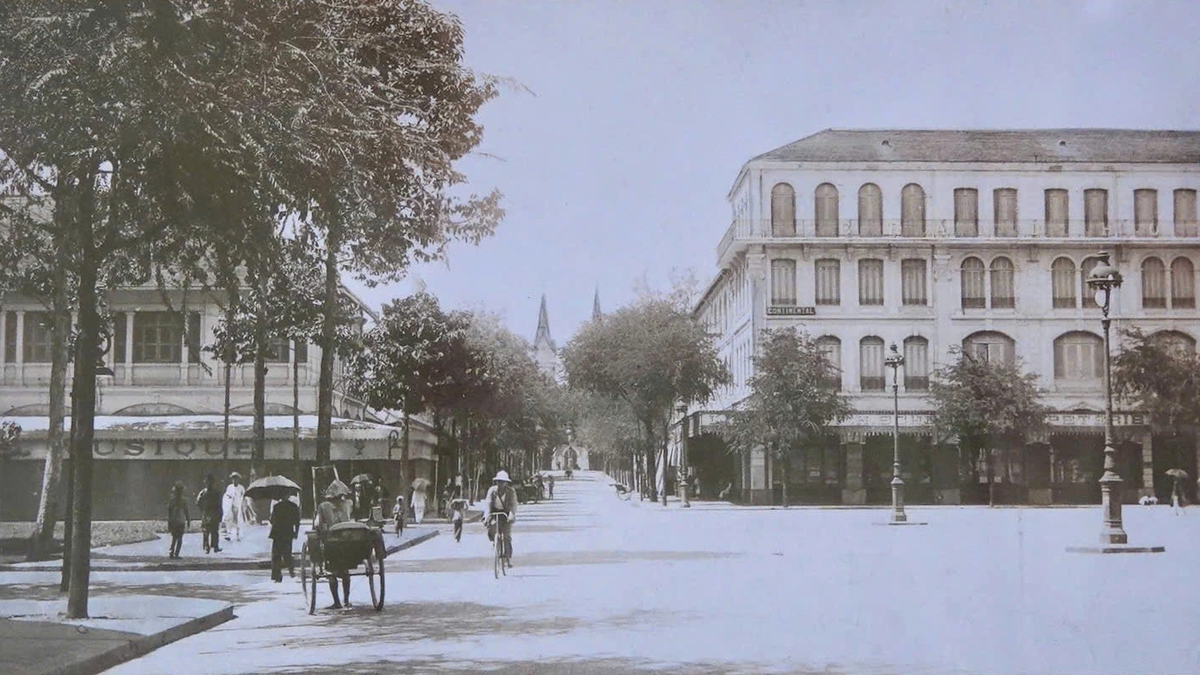
![[Photo] Prime Minister Pham Minh Chinh meets with Speaker of the Hungarian National Assembly Kover Laszlo](https://vphoto.vietnam.vn/thumb/1200x675/vietnam/resource/IMAGE/2025/10/20/1760970413415_dsc-8111-jpg.webp)
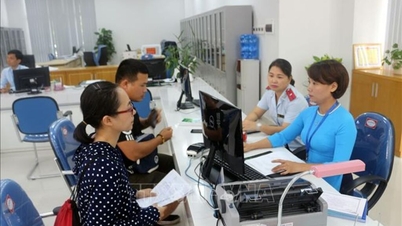

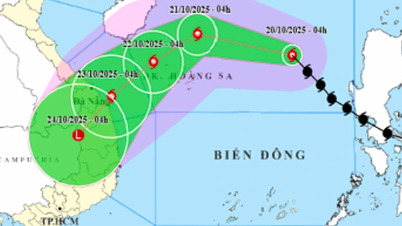


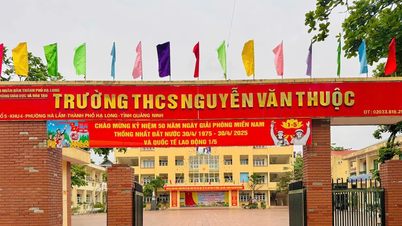

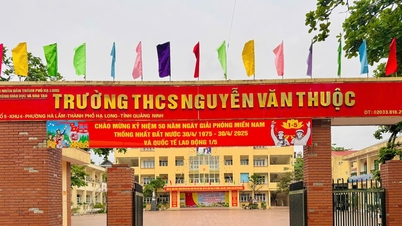

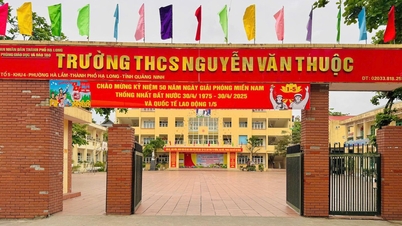
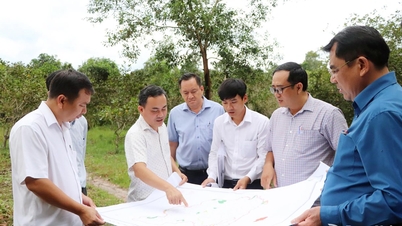

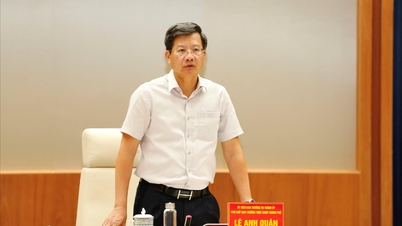

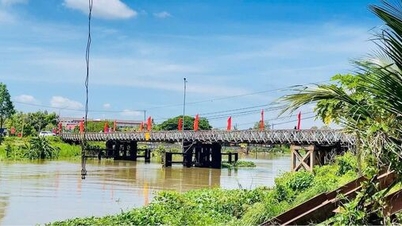

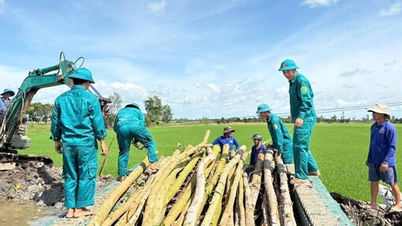






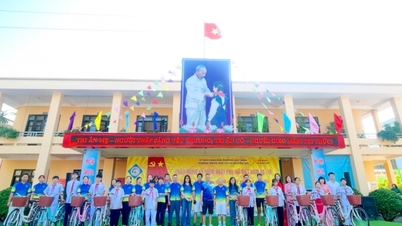
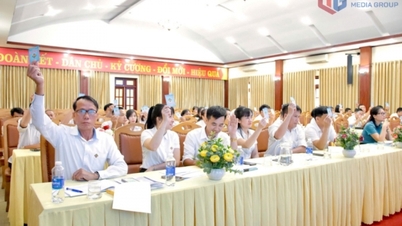

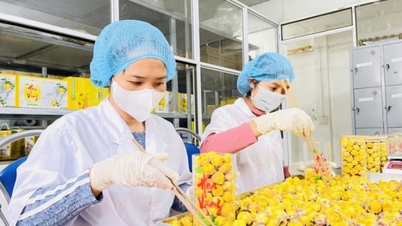


![[Photo] The Steering Committee of the 2025 Fall Fair checks the progress of the organization](https://vphoto.vietnam.vn/thumb/1200x675/vietnam/resource/IMAGE/2025/10/20/1760918203241_nam-5371-jpg.webp)


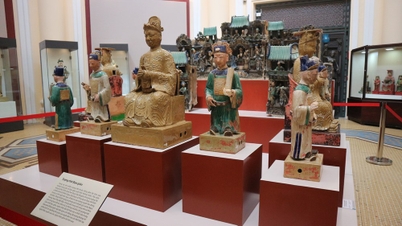




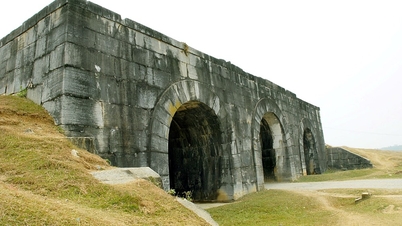
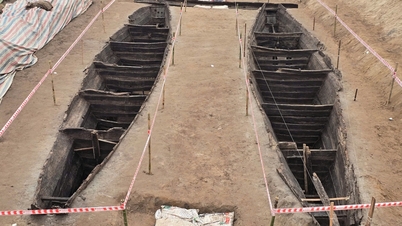
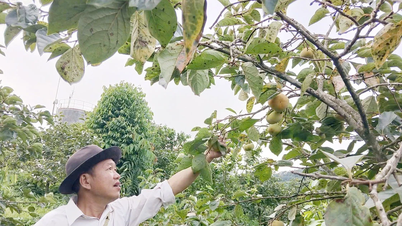




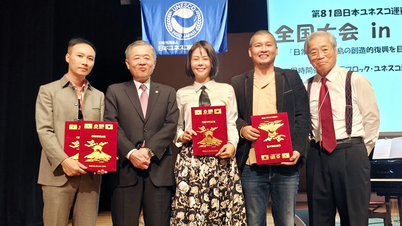








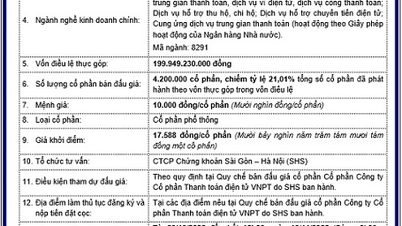
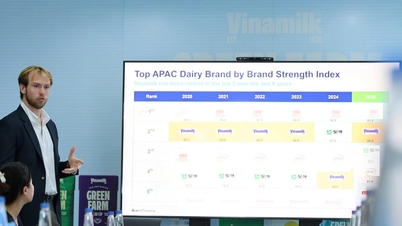
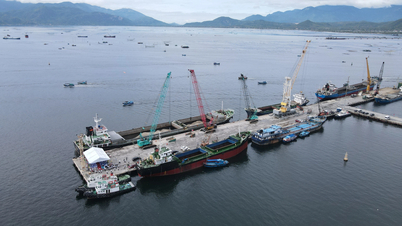









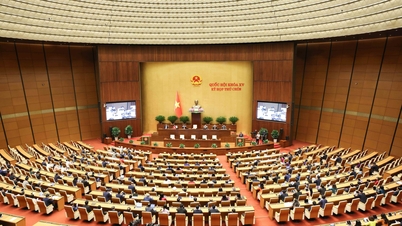



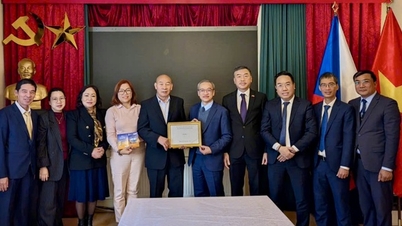

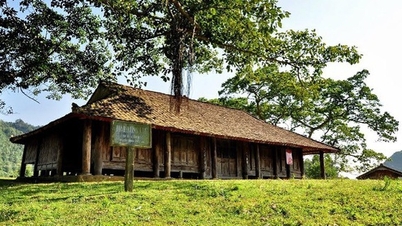

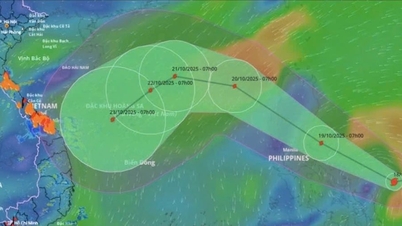




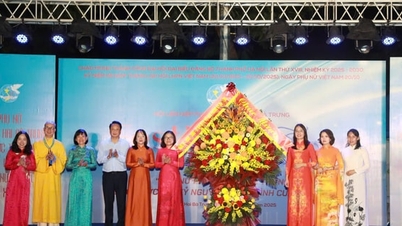


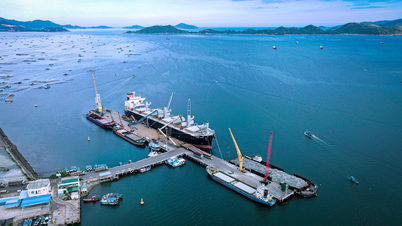
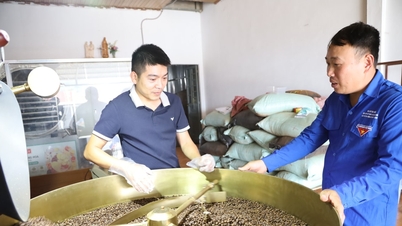

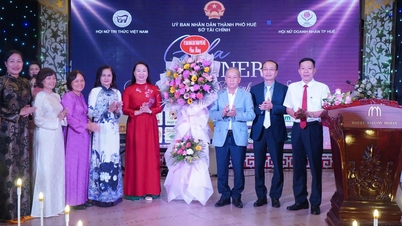














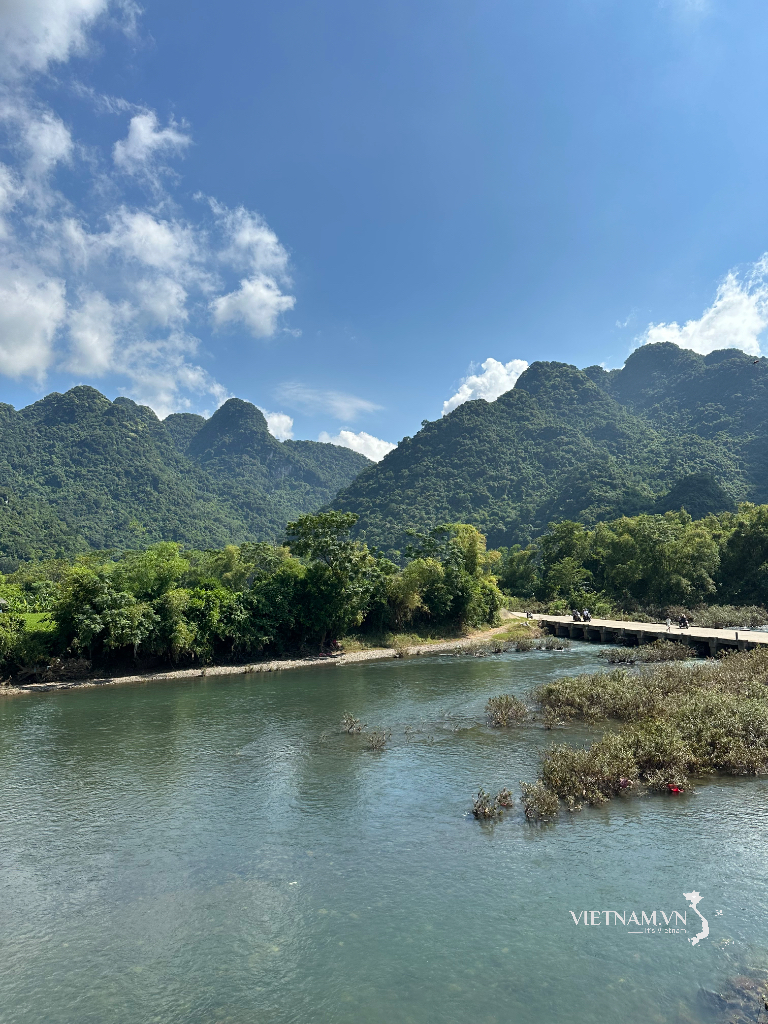
Comment (0)